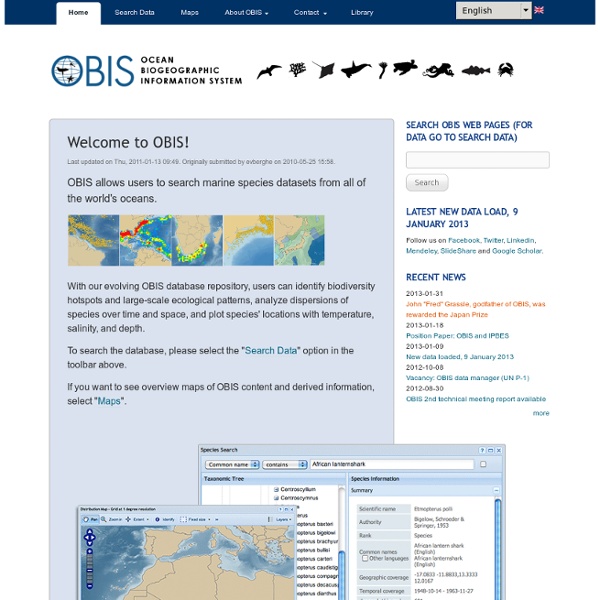



MarBOL:: Marine Barcode of Life Initiative POST - Pacific Ocean Shelf Tracking Project Acanthomysis longicornis (H. Milne Edwards, 1837 Acanthomysis longicornis — Overview learn more about names for this taxon Add to a collection Media No one has contributed any images to this page yet. Learn how to contribute images to EOL. See all media IUCN threat status: Not evaluated Brief summary No one has contributed a brief summary to this page yet. Explore what EOL knows about Acanthomysis longicornis. Add a brief summary to this page Present in 13 collections See all 13 collections in which this page appears. BioLib.cz Import732851 other itemsTaxon list327018 other itemsworking on999077 other items Belongs to 0 communities This taxon hasn't been featured in any communities yet. Learn more about Communities EOL has data for 6 traits See all 6 traits for this taxon. Found in 4 classifications See all 4 approved classifications in which this taxon appears. Species recognized by Species 2000 & ITIS Catalogue of Life: April 2013: Reviewed by 0 curators Learn how to curate Our curators haven't taken any action on this page yet. Latest updates English
Home, Arctic Ocean biodiversity Welcome to the NaGISA Project Online! — NaGISA Online CENSUS of MARINE LIFE Requins et coraux Kiribati, Enric Sala. Aujourd'hui, à Londres, les biologistes marins ont révélé les principaux résultats du gigantesque programme mondial d'exploration de la biodiversité marine. Un programme conduit par 2.700 scientifiques de 80 pays, baptisé Census of Marine Life, qui a débuté en l'an 2000 et s'est terminé en 2010. Mission : étudier à l'échelle planétaire la biodiversité marine du passé, du présent et anticiper celle du futur. Les scientifiques ont fouillé dans les archives pour essayer de reconstituer la vie passée, avant que l'homme ne lance ses filets dans les océans et ne laboure les fonds marins. Les océanographes ont trouvé des créatures vivantes partout où ils ont regardé. Ifremer-6 extrêmes, a priori hostiles à la vie, se sont révélés peuplés. L'un des résultats les plus surprenant pour le grand public est que 90% du poids de la vie marine est constitué de...microbes (virus, bactéries, protistes). Trois scientifiques, Shane T. Iconic_01 Iconic_42 Iconic_52
Hydrothermal Vents : Vent Basics Hydrothermal Vents Photos courtesy of: W. Lange (WHOI), R. Lutz (Rutgers U.), T. Shank and D. In 1979, scientists in Alvin dove to the Mid-Ocean Ridge in the eastern Pacific. Explore vent basics, vents around the world, vent chemistry, boiling points, videos, and test what you've learned with a quiz! In 1977, scientists made a stunning discovery on the bottom of the Pacific Ocean that forever changed our understanding of planet Earth and life on it. Dive into hydrothermal vents and explore their unique geology, chemistry and biology.
Census of the Diversity of Abyssal Marine Life (CeDAMar) - Welcome to the deep sea! - Home Evrard Wendenbaum Un article de Wikipédia, l'encyclopédie libre. Evrard Wendenbaum au Venezuela en 2006 Evrard Wendenbaum en Alaska en 2006 Evrard Wendenbaum (né le 13 mars 1979 en France) géologue de formation, est aujourd'hui organisateur d'expéditions, photographe et réalisateur de films scientifiques et d'aventure. Biographie[modifier | modifier le code] Après des études de géologie menées en parallèle de quelques expéditions sportives, Evrard devient en 2004 photographe de sport et d'aventure, puis réalise son premier film documentaire en 2006. Expéditions[modifier | modifier le code] Depuis 1999, il organise et participe à de nombreuses expéditions sportives et d'exploration (escalade, trekking, alpinisme, canyoning, kayak). Pour en savoir plus sur ces expéditions scientifiques, consulter le site du projet Makay Nature [1] Photographie[modifier | modifier le code] Filmographie[modifier | modifier le code] En 2006, il réalise son premier film lors d'une expédition au Venezuela. Portail de la photographie
Life in Extreme Environments Studies of artificial sea ice provide considerable insight into the 3-D arrangement of pores in sea ice and furthermore allow us to scrutinize the pore/ice-matrix morphologies that are associated with the segregation of pore space into isolated pockets. More important, warming of samples from in-situ temperatures to higher values allows an assessment of the increase in pore size and shape without interfering with the sample. Image analysis of these data sets indicates that pores typically increase in vertical elongation rather than horizontal cross-section upon warming and that they furthermore link up into connected, larger pores associated with a decrease in pore number. This finding is consistent with the notions discussed above.
Census of Marine Zooplankton - Home De nouvelles créatures étranges découvertes dans les profondeurs de l'Atlantique, découvrez les images